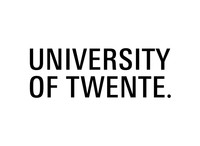Improving endovascular treatment for aneurysm
Abdominal aortic aneurysm – a localised dilation of the abdominal aorta – is a common disorder. If this bulge in the aorta grows and remains untreated it may lead to rupture of the vessel wall, causing internal bleeding. Various studies have shown that treating aortic aneurysm using EVAR – implanting a stent-graft via the groin – gives better short-term results than the more invasive method of open surgery. However, in the long term 10 to 20% of these patients need a second intervention to preserve EVAR. Little is known about the aortic-stent-graft dynamics once implanted, while this is highly relevant for the design of stent-grafts and for clinical decision making.
This research project was established as a collaboration between the University of Twente and Terumo Aortic to develop methods that advance the understanding of stent-graft behaviour in patients after endovascular aneurysm repair (EVAR). In this research project a method was developed, validated and applied to patient data to examine the interaction between the stent-graft and the aortic vessel, on the basis of heartbeat-coupled CT scans.
The insights provided contribute to improved decision-making in the selection, positioning and monitoring of stent-grafts. They can also lead to modifications in stent-graft design, which could reduce the incidence of complications in the future. This work supports the development of more realistic preclinical tests and more durable stent-grafts, which can improve treatment outcome and reduce health care costs.


